To the casual visitor London can appear busy, enormous, intimidating, sometimes seemingly inhabited by ipod-glazed zombies. However, it is a city full of history, art, and opportunity. There is so much to discover here, and after 25 years I am still stumbling upon new and unusual places. The creative scene reflects the diversity and extent of London’s population. The city is full of artists, musicians, filmmakers, even guerrilla gardeners: in this account I will try to document a few of my latest and greatest discoveries.
As with any city, history is an important part of understanding its culture. The city began on the Thames, and the river provides rich inspiration to artists. A traditional and popular London pursuit is Mudlarking. When the tide is low, people scour the foreshores of the Thames for historic relics and other interesting items that have been washed up. The Thames mud is an amazing preservative, and an ancient object can be drawn out in near-perfect condition. Roman coins, Medieval hairpins, Victorian clay pipes, a Tudor shoe buckle: finding these objects brings London’s history to life. The Museum of London will verify your finds, and may even display significant objects. Many artists have used mudlarking as a resource: notably American artist Mark Dion organized digs with the local community in East London, producing his piece ‘The Thames Locker’, a collection of their finds displayed permanently at the Tate Modern.
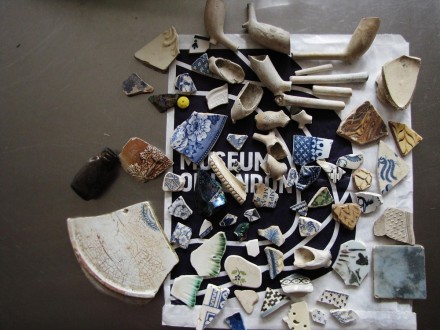
Mudlarking is one way of taking possession of London’s history: the city, especially the East end, has changed a lot lately with the regeneration and development in preparation for the Olympic Games. The East End was for many years a cheap area for studio renting, as well as the heart of historical London. The rising prices have pushed many artists and locals further out of London. Many of the old factories and warehouses have been knocked down or turned into expensive housing for city workers. [ Space ] is a charitable organization based in Hackney, which provides low cost studio spaces to artists all over London. They also organize events and exhibitions with emerging artists, and run reasonably priced courses in media training. These kinds of organizations are vital in what is an expensive city for artists. (See www.spacestudios.org.uk)
Another excellent resource for creatives is the National Art Library, based in the Victoria and Albert Museum. It is a free, public library with thousands of titles on a great range and depth of subjects related to the fine and decorative arts. The collection also includes an extensive number of Artists Books, which can be viewed with an appointment. The library is a beautiful place to work: large oak desks, stained glass windows and shelves of timeworn leather bound books make it the perfect environment for dedicated research.
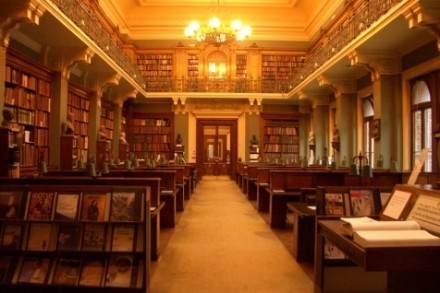
The V&A is of course one of London’s major museums. There are however many smaller museums in London which often miss out on the tourists, but have some amazing and sometimes eccentric collections. Two particular favourites of mine can be found in the Holborn area. The Foundling Museum tells the story of the first home for abandoned children, supported amongst others by William Hogarth. Hogarth displayed his work in the corridors of the hospital to encourage his wealthy patrons to donate to the home – this was the first ever example of hospital art. The exhibition at the Foundling at the moment is ‘Threads of Feeling’, which displays the tokens, usually a scrap of fabric, given by mothers forced to abandon their babies in the home. These were kept as an identifying record, and provide an affecting insight into I8th Century London life. The John Soane’s Museum is in the home of famous RA architect John Soane, who designed the house to live in and also to hold his extensive collections of art and antiquities. The result is an incredible display of artefacts somewhat crammed into the small spaces – fragments of Greek sculpture cover the walls to the ceilings, and secret panels fold out behind Hogarth paintings to reveal a secret room, featuring amongst other things a marble Egyptian sarcophagus. Like its owner, the museum is impressive and overwhelming – repeat visits are required.
When you feel like walking the streets of London, there are some wonderful nooks and crannies to be discovered. A particular favourite of mine is the Victorian Watt’s Memorial in Postman’s Park, near to St Pauls. There are over 50 plaques hand-painted on Royal Doulton tiles, which detail the untimely end of heroic souls who died trying to save another life. The wording used is somehow touching and comical at the same time, and the tiles are beautifully produced.
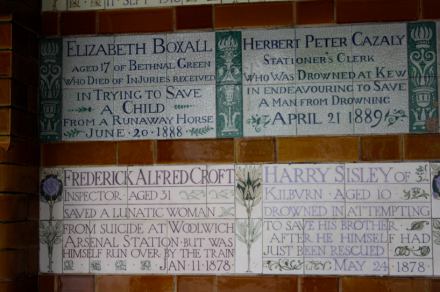
For film lovers there are plenty of small art cinemas around the city: for wide release art films the Curzon Mayfair oozes old school wood-paneled glamour. A favourite to see rarer films is The Horse Hospital, which is an I8th Century stable turned arts venue. They recently hosted London’s Fashion in Film Festival, which showed a selection of films relating to the theme ‘Birds of Paradise’. The venue can be relied upon as an arbiter of out of the mainstream events and exhibitions, and they welcome submissions. (www.thehorsehospital.com)
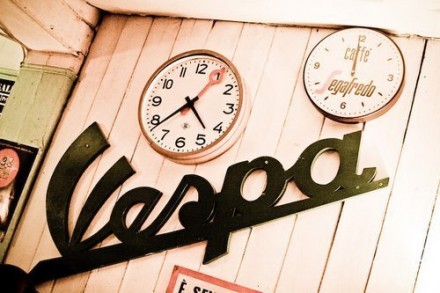
In this cold weather when I get the chance I like to retreat my favourite café in London – Scooterworks on Lower Marsh Street, Waterloo. The café began its life as a scooter repair shop, but the owner also collected antique coffee machines, and started to sell the odd cup of coffee with a repair job. Now the place boasts a beautiful I950s interior and the thickest, most toothsome hot chocolate in all of London – perfect after a rummage in Radio Days, a great vintage shop on the same road.
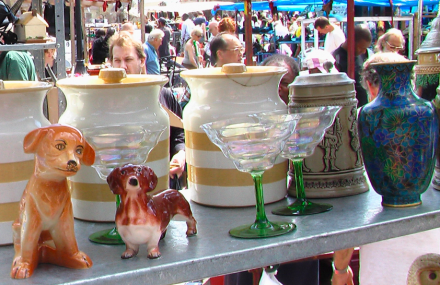
In warmer climes, I like to head to Frank’s Café and Campari Bar in Peckham for roof-top views of London from the top of a multi-storey car park. The bar was designed by Practice Architecture, and is a project of the Bold Tendencies sculpture group. Sculptural works are displayed throughout the rest of the car park, which is a surprising and effective space.
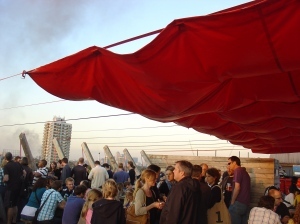
Despite all these pleasures, London can be a hard place to live. Professionally it is fiercely competitive, especially for small businesses. However this competition is part of what keeps London creative and dynamic, and makes it the creative centre it is known as. The famous Samuel Johnson quote still rings true: ‘When a man is tired of London, he is tired of life.’
//////////
My Creative Scene is an insight into different creative & cultural happenings in cities where your members and readers live. Browse through more insider guides here or contact us to write about the arts scene where you are.


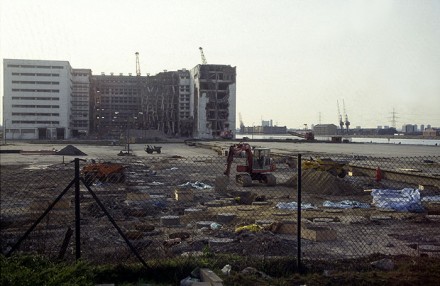
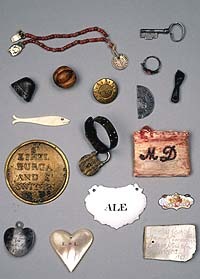
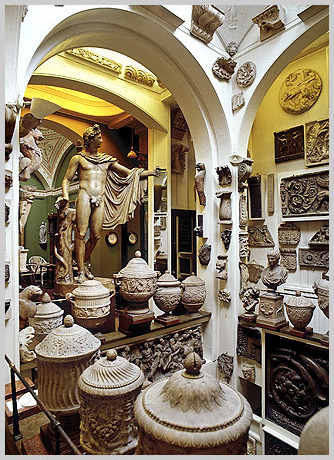
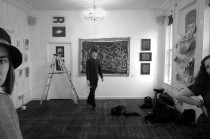

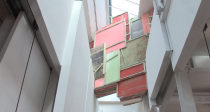









Comments